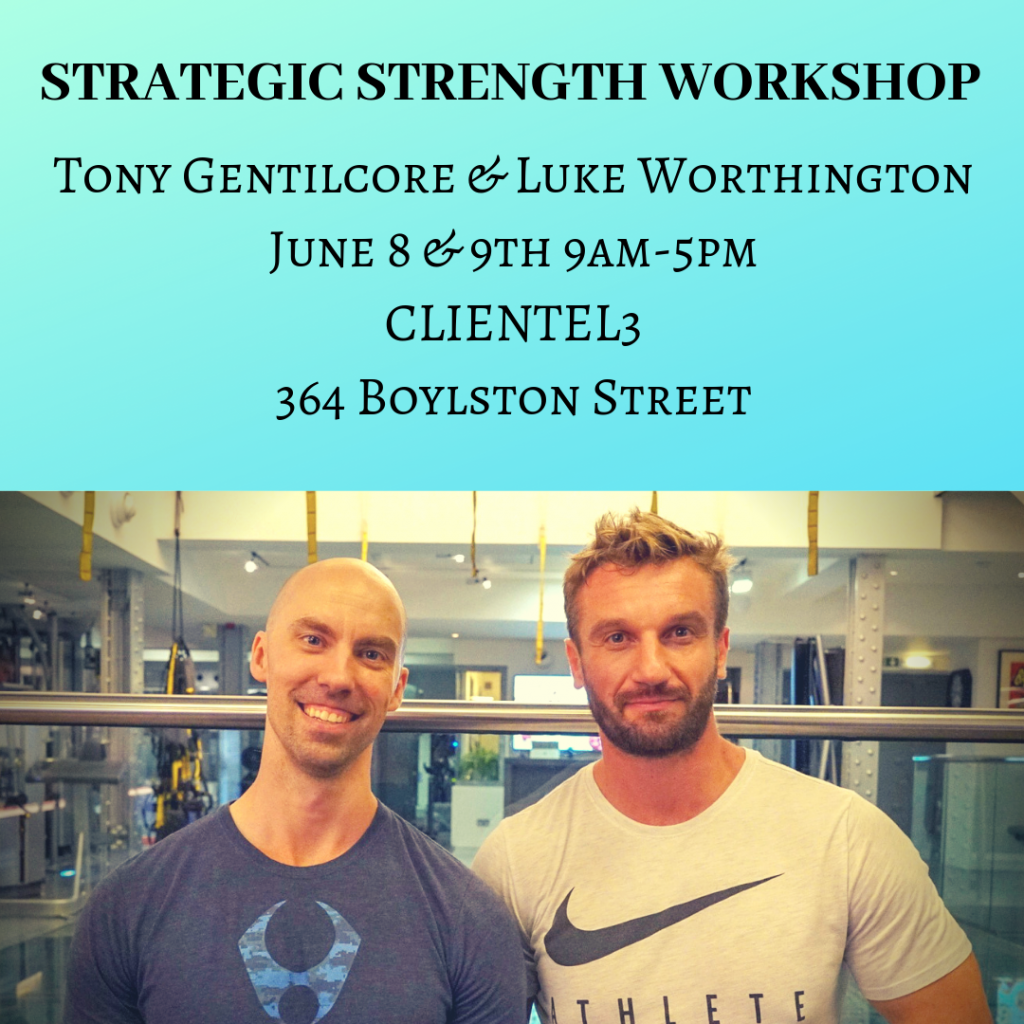It’s been a bit, but Part III of Kevin Mullins’ “Corrective Exercise” series is finally here.
I’d sorta mirrors the anticipation everyone had for the Game of Thrones season premiere this past week, except not even close.
Sorry Kev: dragons will always reign supreme over ankle dorsiflexion…;o)
NOTE: Stressing the word “finally” above had nothing to do with Kevin actually writing the article (which he submitted weeks ago), but everything to do with ME and my nincompoopness in actually publishing it.
Nevertheless, enjoy. It’s really good.
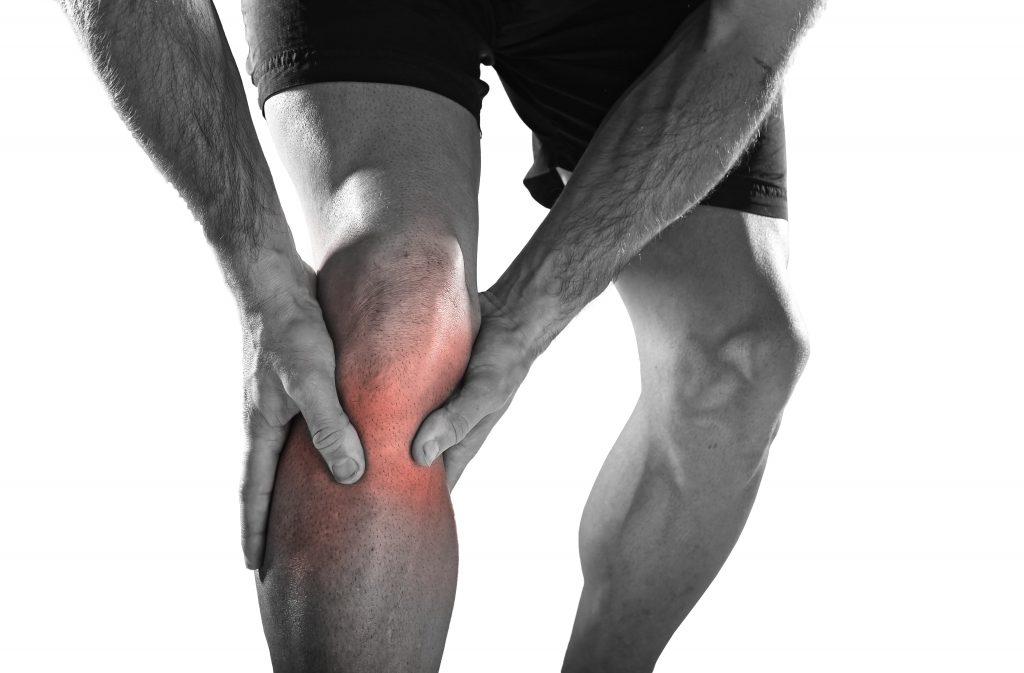
Part III: Correcting the Knees and Ankles
You are a fitness professional who wants to train people – AKA provide them with enough of a fitness stimulus to generate the results they’ve paid you for. You also want to help them overcome pain and dysfunction in their body.
Thankfully, this series of blogs have got you covered and smothered like Waffle House hash browns.
To recap, our previous installments include:
- Where the Fitness Industry has gone wrong with Corrective Exercise
- How to Correct and Train common shoulder and thoracic spine dysfunctions
- How to Correct and Train common hip and lumbar spine issues
Which brings us to the final piece of the puzzle – corrective exercises for the knee and ankle.
Many people who would consider personal training deal with some level of knee or ankle problems. In fact, it could be argued that everyone walking around this beautiful Earth has dealt with knee or ankle pain/dysfunction at some point in their lives.
(Tony raises hand. I spent the better part of two years in the early 2000’s working around a cranky left knee.)
A proper discussion of these two joints, one mobile and one stable, would not be complete without a discussion about the role of the hips and feet in the function and performance of the knee and ankle. Our feet are our first and only contact with the ground during much of our lives. Any disruption of their optimal function is going to send dysfunction up the kinetic chain into the ankles and knees.
Just the same, the hip, and its multitude of muscle attachments, functions, and movement possibilities can have a dramatic impact on knee function. Tight hip flexors or imbalanced anterior/posterior chain development can change how the patella tracks over the feet – a recipe for pain or less than desirable movement outcomes. As a proud fitness professional, you should be capable of assessing, correcting, and training clients past many of the common problems that might land on your doorstep.
In this post we’ll explore the anatomy and physiology at play when knees and ankles are the weakness in someone’s kinesiology. We’ll discuss the interplay between the hip-knee-ankle-foot. Then, like the other articles, we’ll discuss five specific issues that most trainers encounter and show off a few new exercises that you can use today.
And then we’ll tie a fancy bow on this corrective series, gather all our jackets and move towards the exits. I hope you’ve found a friend
Basic Knee and Ankle Anatomy – Skeletal
(nerds only)
When looking at the knee joint, we are only considering four specific skeletal structures:
- The Femur – the longest bone in the human body is also our primary weight bearing skeletal structure. The femur’s entire function occurs at the hip. It can move through flexion and extension, abduction and adduction, external rotation and internal rotation, and circumduction.
- The Tibia and Fibula – load bearing bones of the lower leg. Their design allows for weight transfer in gait and for optimal loading of the lower body during any exercise that creates knee flexion or extension.
- The Patella – a bone unlike most others in the body, the patella is interwoven with the tendons that cross the knee joint and serves as a cover for those tendons. The structure of the patella also improves the mechanical efficiency of these tendons.
The ankle joint is a bit more complex though. We must consider the bones of the foot to some degree.
- The Tibia – The load bearing bone from earlier is also a major contributor to ankle function. The medial malleolus, a bony growth on the inside of your ankle is located on the tibia. At the ankle, the medial malleolus plays a role in ankle eversion and inversion.
- The Fibula – Like the tibia, the fibula is a load bearing bone that also functions during ankle eversion and inversion. It’s bony process, the lateral malleolus, is located on the outside of the ankle.
- The Talus – a unique bone in a variety of ways, the talus serves as the base for the tibia and fibula to plant upon. Both dorsiflexion and plantar flexion involve the talus changing position in relation to the rest of the foot. The talus also plays a role in eversion and inversion.
- The Calcaneus – connected to the talus via the subtalar joint – the calcaneus functions as a base of support for the structures above it. It hosts insertion points for a variety of muscles and tendons – most notably the Achilles tendon. It is the largest bone of the foot.
- (Foot) Metatarsal – critical bone structures that connect the toes (phalanges) to the larger structures of the foot. The metatarsals are critical for weight transfer and distribution and while they don’t move like other bones in the body – their ability to adjust to pressure is critical for elite performance.
- (Foot) Phalanges – the toes are the final element of this puzzle. Understanding that the toes can and should flex and extend as a result of ground force reaction or conscious neural action is critical to optimizing the foot’s function. While there may never be a “toe day” – we need to train the function of the phalanges to ensure their relationship with the other foot bones, the ankle joint, and even the knee and hip, are optimal.
Basic Anatomy of the Knee and Ankle – Muscular
It is important to discern the muscles that act on the knee and the ones that act on the hip.
Sure, both are in the thigh and run the length of the femur. However, since the knee joint is designed for flexion and extension – we are only considering the muscles that do just that. With that said, realize that the muscles that do function at the hip must do so properly. Otherwise, the knee joint will act to compensate for dysfunction at the hip and that will cause a host of problems too.
The following addresses strict flexion and extension of the knee joint.
The primary flexors of the knee are:
- The muscles of the hamstrings (biceps femoris, semitendinosus, semimembranosus)
- The gastrocnemius, popliteus, gracilis, and sartorius are synergistic muscles
The primary extensors of the knee are:
- The muscles of the quadriceps (rectus femoris, vastus lateralis, vastus intermedius, vastus medialis)
Now, when looking at the ankle we find simplicity and complexity at the same time. On one hand, there are a bunch of muscles that control the toes and ankle joint that aren’t needed in the typical fitness professional’s vocabulary. Simply put, most trainers don’t need to know the minor details of how the fibularis brevis functions, or where the insertion point of the flexor hallucis longus is.
But they need to know they exist.
(Although, more knowledge is never bad and anyone with an interest in self-myofascial release therapy should understand the interplay between these lesser known tissues).
We do need to know that ankle and foot function relies on many more players than just the prime movers. We do need to understand that dysfunction at the ankle could be a myriad of things and not just a blanket statement about someone’s gastrocnemius.
So, we will address the for major movements of the ankle and point out the muscles for each.
The Primary Dorsi Flexors of the ankle are:
- Tibialis Anterior
- Extensor hallicus longus, extensor digitorum longus
- Peroneus tertius
The Primary Plantar Flexors of the ankle are:
- Gastrocnemius
- Soleus
- Planataris
- Flexor hallicus longus, flexor digitorum longus
- Tibialis posterior
- Peroneus brevis, peroneus longus
** Take note of just how many more plantar flexors there are compared to dorsi flexors. This could explain why we are so strong with our “calf-raise” exercises and why we typically can access a greater range of plantar flexion under control than we could with dorsi flexion. **
Primary Movers of Eversion
- Fibularis and extensor digitorum longus
Primary Movers of Inversion
- Tibialis anterior and posterior
When looking at this from a slightly higher viewpoint – we see that we have significantly more muscularity driving both flexions of our ankle joint. The lack of muscularity controlling eversion and inversion explains why we don’t load up on an exercise that challenges that motion. Moreover, it probably explains why “rolling” an ankle can be so devastating – we have so little musculature to control that motion.
Going a little broader, we see that muscles of the lower leg have multiple functions. The tibialis anterior dorsi flexes and inverts the foot while the tibialis posterior contributes to plantar flexion and inversion. The extensor digitorum longus everts the foot while contributing to dorsi flexion. These functions are not accidental – they are essential evolutions and developments of our anatomy to meet the demands of our life.
If we are to succeed in our experience as human beings, then we must be able to communicate with the ground effectively. Thus, the muscles that control our foot, ankle, and knee become our first point of contact with outside world.
Understanding their function, their interplay, and their contribution to elite performance is critical to maximizing the impact you’ll have on your clients and your purpose as a coach.
Basic Movement Physiology
The function of the knee and ankle are highly dependent upon the task we are trying to perform and whether the hips are involved.
For example, the knee will flex and extend during traditional deadlift, but not at the same degree that they would during a front squat. The same logic also applies to the amount of dorsiflexion needed from the ankles to meet that demand.
A different example points to our running stride.
The gait pattern that most elite distance runners take involve very minimal action at the ankles and toes. This sort of “hammer-foot” stride is highly efficient and puts the emphasis on the hips and knees to generate all forward locomotion. Sprinters, however, require maximum action from all the joints of the foot and ankle in order to increase velocity and compete successfully.
Thus, understanding physiology of these structures requires an understanding that optimal function is dependent upon the demands of the task.
Still though, a few notable things exist:
1. When the ankle is in full eversion or inversion – there can be an issue with one’s ability to flex and extend the knee. This is because of the change in position of the inferior aspects of the tibia and fibula creating an up-chain manipulation in their superior aspects (which form the knee joint). It is minor in most but could explain why individuals who live in eversion or inversion find discomfort in their knees.
2. Triple-Flexion (hip, knee, and dorsi-flexion) is the most loaded position of the body because of the major muscles that have created force (tension). In most populations, the greatest power will come from individuals in this position. The stacking of joints lowers the center-of-mass and improves the ability to generate tension.
3. Triple-Extension (hip, knee, and plantar-flexion) is the “tallest” the structures of the lower body will get. The process of going from triple-flexion to triple-extension typically generates the greatest joint velocities.
4. The running stride requires a rhythm between hip-knee-ankle-toe action. Upon foot strike, the toes should flex, which drive the ankle joint into plantar-flexion, assist in driving knee extension, and hip extension. The cycling leg does the exact opposite as it returns to the pre-strike position.
The Major Issues
The knee and ankle joints can be seriously injured during sports and accidents in life. None of the issues discussed below involve torn ligaments, broken bones, or even severe tendonitis. The conditions listed are ones that routinely plague clients who are either inactive or too active with poor function.
In fact, many of the issues of the knee come from overuse of the joint without proper interaction with the hip and ankle. Runners and lifters alike may experience knee pain when their form is off. Likewise, many untrained or detrained individuals deal with knee and ankle dysfunction as a result of their sedentary lifestyles.
And don’t forget about footwear.
There is a cost and benefit to each type of footwear that you and your clients are wearing.
- Dress Shoes and Boots – great for making a suit look dapper, or kicking tail on a job site, but atrocious for allowing mobility in the foot. Basically, you feel like you are walking inside of bricks.
- High heels – an entire day spent into plantar flexion is not good for anyone. Spending additional time walking in them can hurt the wearer’s ability to distribute their weight once they are out of the heels. Great calves though.
- Flip Flops – If you are wearing these, then you are probably at the beach. Sweet. However, that sliding and gliding motion that you are using to keep them on is wreaking havoc on your ankle function while also driving too much knee extension.
- O-Lifting Shoes – Having your heels elevated when driving your heavy squats or cleans is awesome – can you say performance? However, if you spend most of your day in these shoes than you can bet your bottom that you’ll begin to lose optimal ankle function since you aren’t feeling the ground.
With all of that said, let’s focus on the five most common things you’ll see in your clients and discuss exactly what is going on.
Lack of Dorsi-Flexion
A lot of people struggle to dorsi flex their ankle in response to loading. In fact, a lot of great coaches, including Tony, have pointed out the importance of adequate dorsi flexion for someone to succeed in a squat pattern.
High quality athletes and desk jockeys can both suffer from this issue. It isn’t simply limited to an inactive or undertrained population. It must be dealt with though if someone is going to optimize the function of their hip-knee-ankle and drive greater results in their programs.
Strengthening the muscles that drive dorsi-flexion while also “stretching” the ankle into these positions with bands or straps is usually the best intervention. We aim to increase mobility, improve strength and stability, and begin providing context and practice with traditional strength training movements such as the squat or lunge.
Runner’s Knee (Patellofemoral Pain Syndrome)
A sort of unofficial name, runner’s knee refers to the over-development of the quadriceps (knee extensors) while also keeping the hamstrings (knee flexors) and glutes underdeveloped. In addition, tightness and exhaustion of the plantar flexors can lead to instability and pain at the knee joint.
In fact, there is some evidence out there that shows that some runners experience a mild shift of their patella in space. Only a few millimeters – this shift can cause significant pain and contribute to the official name of the condition (patellofemoral pain syndrome).
The training for individuals presenting this issue is quite simple:
- Release and relax the muscles that plantar flex the ankle and extend the knee.
- Strengthen and tighten the muscles that dorsi flex the ankle and flex the knee.
- Train the glutes to improve hip drive in the running stride
Traditional strength training and myofascial release typically take care of the problem, although a cessation of running in the short term is almost always a good idea.
Knee Valgus
One of the most misunderstood dysfunctions of “the knee” is a hip issue. Many trainers can coach “knees out” until they’re blue in the face and still get no change in the performance of their client.
First, knee valgus refers to the inability of the hip abductors and external rotators to fire appropriately, thus causing a collapse once tension reaches a certain threshold (such as the bottom of a squat).

Image Credit: prehabguys.com
Now, sometimes this only requires good coaching as the client or athlete simply doesn’t know they are doing it or that isn’t ideal that they are doing it.
We must be wise though. Coaching knees out could be driving excess ankle inversion, which changes the relationship of the tibia/fibula with the knee and could lead to torque being experienced in the knee joint as the body seeks to overcorrect the inversion. This isn’t a common worry – but it is possible.
The training cure though will involve strengthening the abductors and adductors of the hip to improve knee tracking in a variety of exercises. It is important to keep in mind that overtraining the abductors can lead to other problems that only arise when the adductors are forgotten about.
There could also be something going on at the ankle too…
Inappropriate Eversion and Inversion
This one sounds a little silly, doesn’t it?
Inappropriate sounds like someone left their pants at home.
But it points out a deficiency that a lot of people have. Whether it be from a lack of coaching and training, or the development of patterns by accident through sport and training – many people lack the right ankle position to complete the task they are attempting.
Think of that client that can’t stop squatting without eversion. Every repetition pushes them into their toes and insole (often leading to valgus). It could be coaching (or a lack thereof), it could be muscle weakness, or it could be a neural disconnect between their brain and their ankles (they don’t know they are doing it).
Just the same, there are people who can’t seem to run on their big toe. They’ll stride flat footed, especially on the outside of their heels, and wonder why they aren’t getting any better at running. These people have not unlocked enough plantar flexion or awareness of their inversion.
It is exceptionally common to see in long distance runners.
Having the wrong ankle position is coachable and trainable. You must relax what is overused and overworked and strengthen what is left behind. There will be specific protocol for whatever you are seeing. Simply look back at the muscular anatomy and select exercises and interventions that are appropriate.
Disconnect of Hips from Knee/Ankle Function
The final issue that people have with their knees and ankles is that they have no idea they have a pelvis. It is as if they believe their lumbar spine connects to the back of their legs…
No really, you probably have a client or twelve who seem to have no idea how to flex and extend the hips. As a result, everything hurts their knees and ankles. Squatting hurts, running leaves them achy, and they absolutely despise lunges.
They aren’t broken thankfully.
They just need to discover their glutes.
They need to learn how to flex and extend the hip with a lot of exercises that leave the knees out of it. So, deadlifts, hip thrust, banded abductions, Copenhagen side planks, and some anterior core work will do wonders to wake up their hips, stabilize their core, and allow them to excel and knee-dominant and gait patterns. Want to learn more about this? Check out my last installment on the hips.
The Exercises
1. Bulgarian Split Squat to Ankle Glide
https://www.youtube.com/watch?v=2WO3-DQenTI
Your goal with this bodyweight exercise is to create a crossover effect between knee flexion and dorsi flexion. By working with the single leg variation – you’ll enhance your clients focus on one specific ankle while simultaneously exposing them to pause reps for the single leg squat variation. You can train them and correct them at the same time.
2. Banded Dorsi to Heel Raise
https://www.youtube.com/watch?v=qrMjjZKkQ8Y
Great for runners and athletes, but effective for everyone, this ankle exercise only requires a band and a seat.
The goal here is to maximize both dorsi flexion and plantar flexion in the same movement cycle. This sort of training allows for you keep the muscles that control both actions in relative balance. This is not unlike being on a calf raise machine and allowing your heels to dip below the step.
3. Barbell Hip Thrust w/ Banded Abduction
One day I want to call Bret Contreras and thank him for his research on the glutes. (Although this video is of Ben Bruno – a stud coach in LA who does NOT like burpees). Discovering that the hip thrust provides more activity of the glute muscles than other exercises is critical for the development of aesthetic and athletic glutes.
Adding in the abduction component at the top is a sure-fire way to ensure your “knees-out” coaching cue for valgus hits home. The band ensures they move from the hip joint instead of just torqueing at the knees. Add in the isometric hold of the glutes and you’ll be sure to work the hip component of knee stability.
4. Duck Walks
https://www.youtube.com/watch?v=beIn56rJGmU
This is an absolute torture device. Duck Walks, loaded or unloaded, drive the body into that triple-flexion position we discussed earlier in the blog. This coiled position strengthens the posterior chain and improves dorsi-flexion by keeping our feet in a set position.
A highly integrated exercise – the duck walk can be used for neural prep or as a burn out after your primary work is done. Sure, its goofy and it doesn’t “seem” like it is going to do your body any favors, but try it and feel how your systems work together to hold isometric tension.
5. Reverse Nordic Curl to Nordic Curl Superset
https://www.youtube.com/watch?v=H-WpX-dnBuY
We want the quadriceps and hamstrings to be in relative balance for optimal knee function. Depending on our choice of sports or training – one may overpower the other a little. That discrepancy though shouldn’t be a chasm.
Hitting both versions of the Nordic curl in a single superset provides an opportunity to train the muscles in a unique way using only bodyweight.
BONUS: Sprinting
https://www.youtube.com/watch?v=3YqQum4emVw
The act of sprinting is one of the most athletic things the human body can do. The whole body must get in on the act if we are to excel.
Specifically, for the knee and ankle, sprinting helps drive a low-level of eversion while demanding quality cycles through plantar flexion and (mild) dorsi flexion and knee flexion and extension. Add in the function at the hip and we’ve found the perfect lower body exercise for improving someone’s function and interplay between these regions.
Obviously, not every client could sprint or should sprint. Be wise with your prescriptions and coach who you are with, not who you wish they were.
Finding the Exit
So, once again we conclude that we can intervene in our client’s discomfort and dysfunction with exercises that not only correct issues, balance muscles, and improve coordination, but also drive a fitness stimulus.
The knee and ankle are interesting joints in a sense that they have less muscle mass around them than the hips and shoulders. But that doesn’t make them any less important. In fact, their proximity to the ground – a constant in our lives – makes them more important than most trainers think. Everything that is dysfunctional at the foot, ankle, and knee will run up the chain into the hips and spine and even the shoulders.
Help your clients discover their foot stability, ankle mobility, and knee stability and you’ll help them discover a better body – both in performance and in aesthetics.
Thank You
Thank you for your time.
Thank you to Tony for allowing me to share my ideas on his website – a treasured space on the internet.
Whether you visit him for his pop culture references, his biceps veins, or his absurd level of knowledge about the body – you’ve made a great choice.
I truly hope you have learned something from this series and enjoy my writing style. I poured a lot into this, and into my book, Day by Day. I hope I can download everything I have learned (good and bad) from me to you every chance I get.
Like I say to my clients, “let’s get just a little bit better every day.”
Check Out Kevin’s Shit
You can read more of Kevin’s stuff at his website HERE.
Follow him on Instagram HERE.
Pick up a copy of his book, “Day by Day: The Personal Trainer’s Blueprint to Achieving Ultimate Success” HERE.


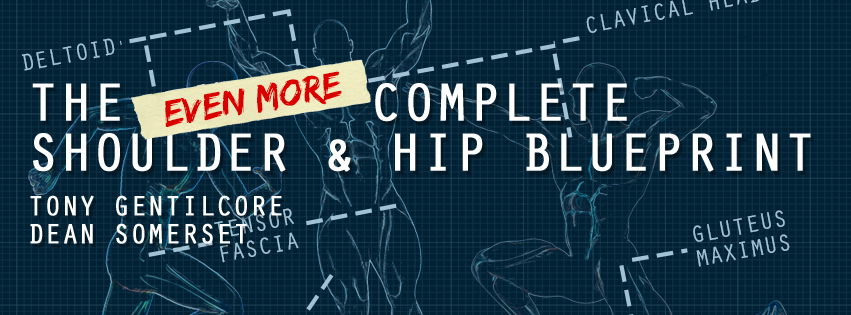

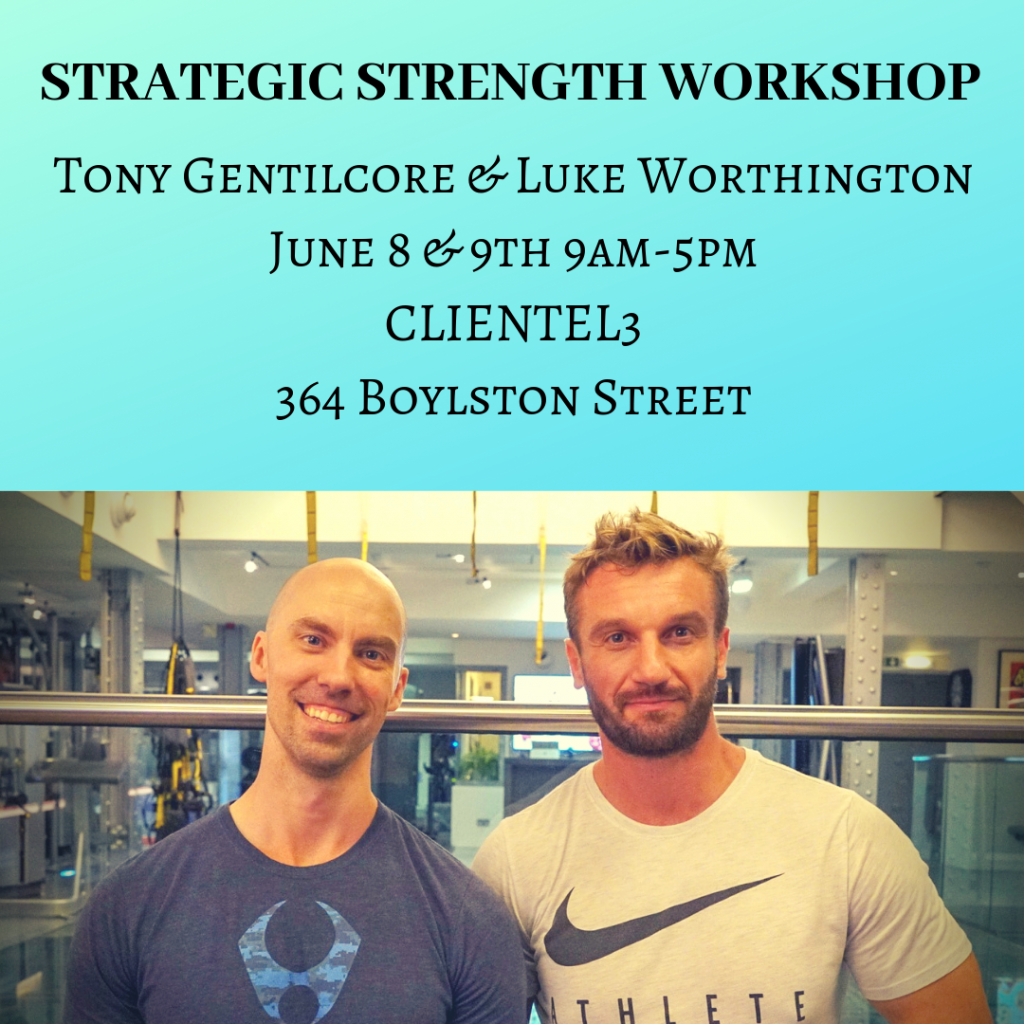
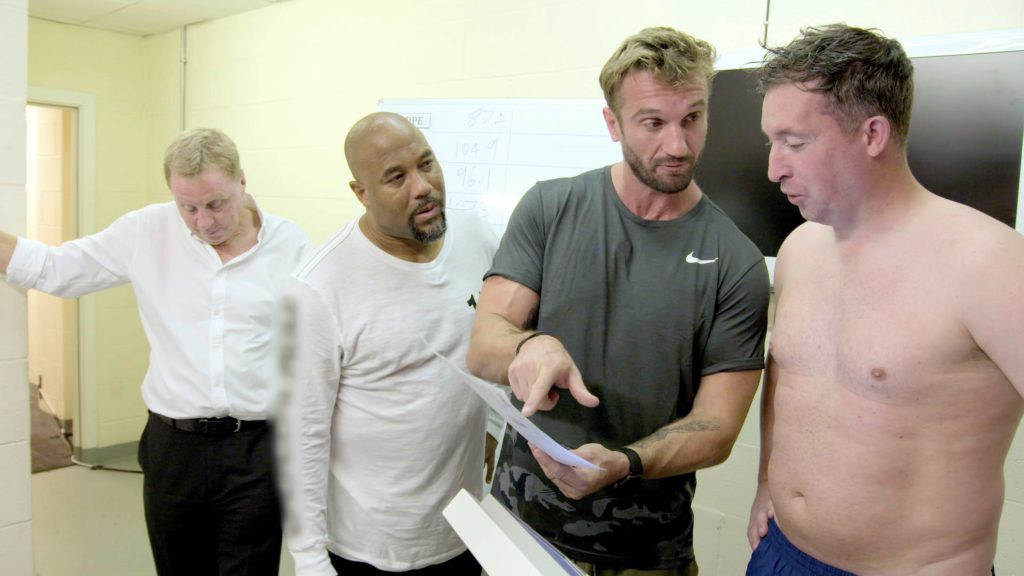
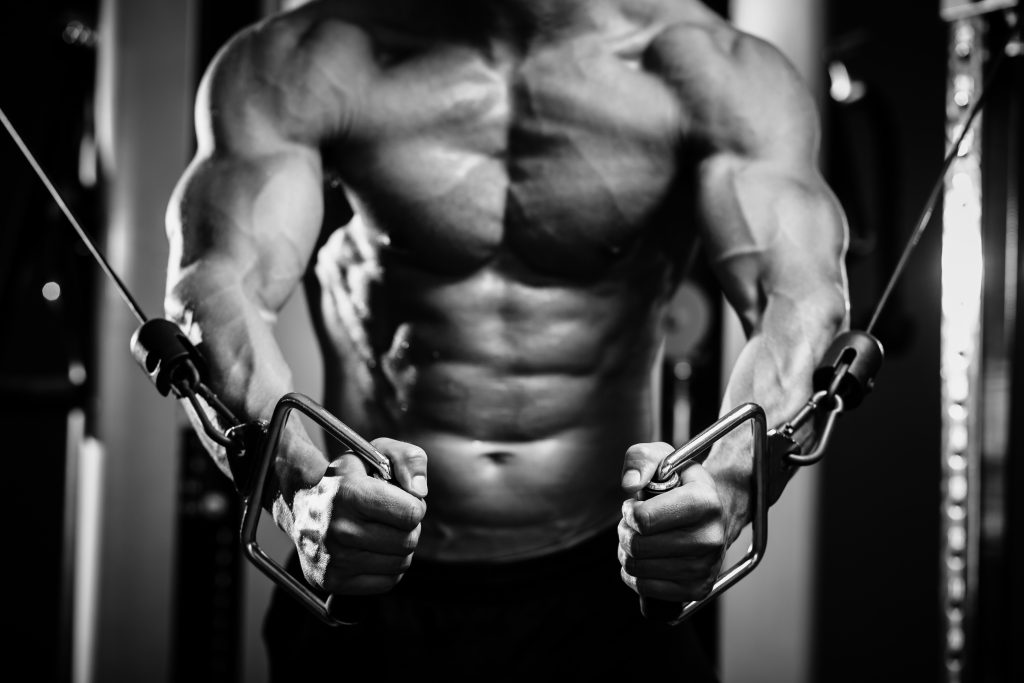

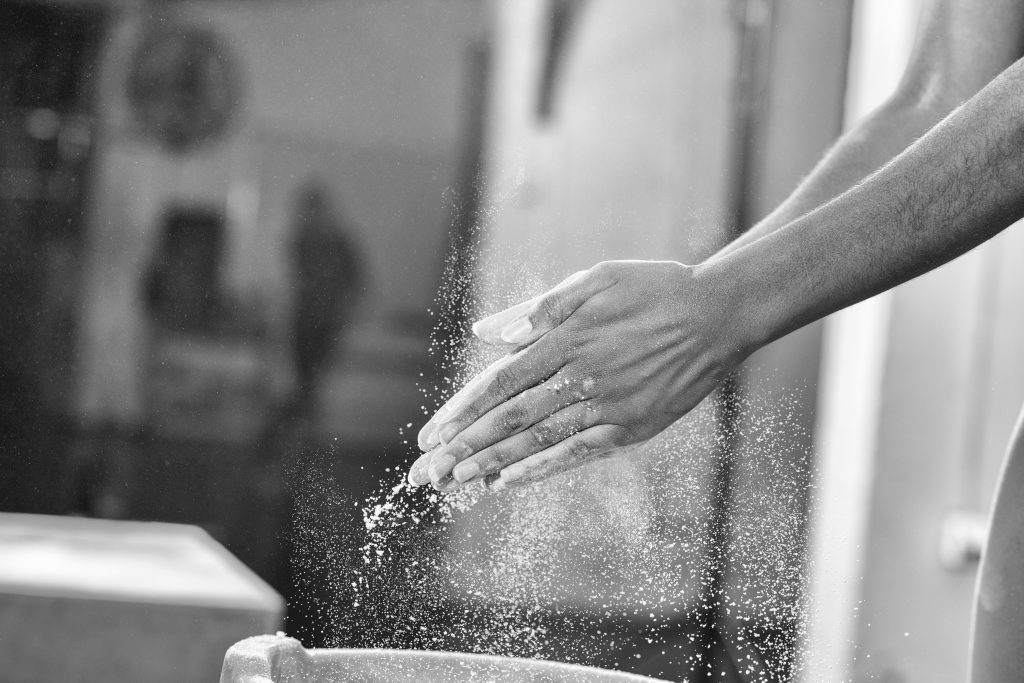



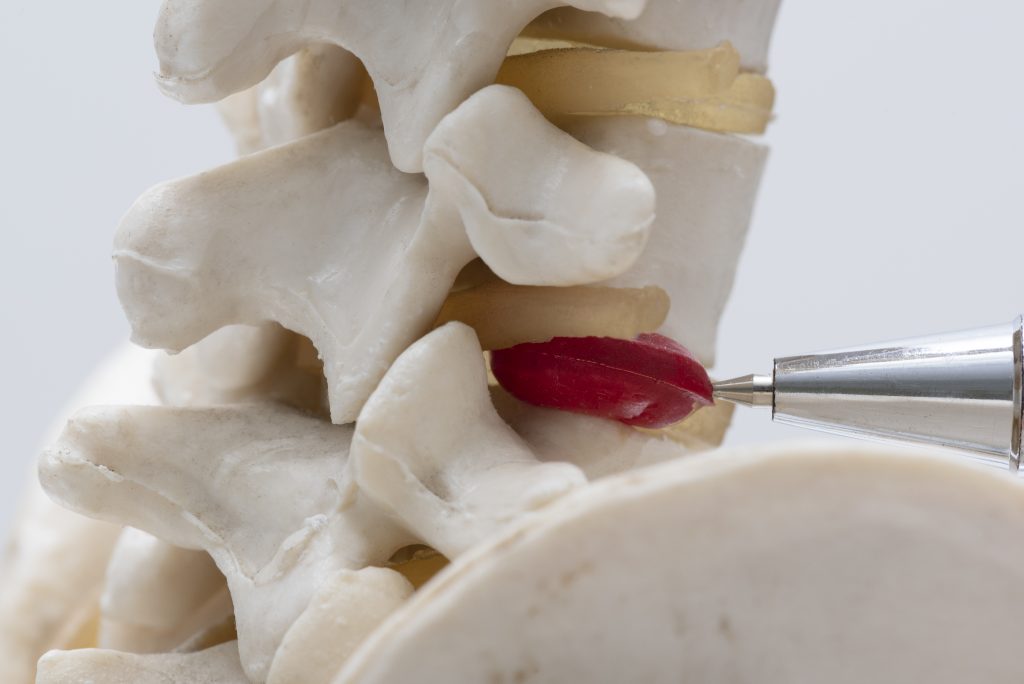


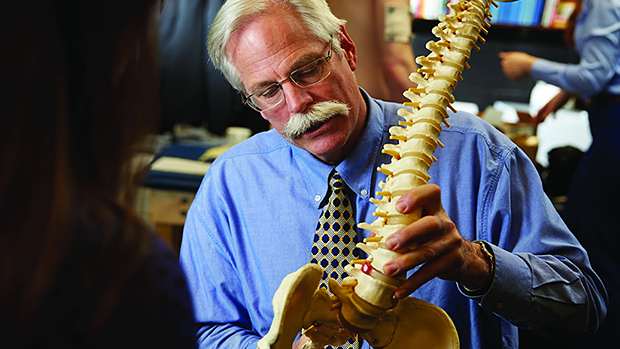





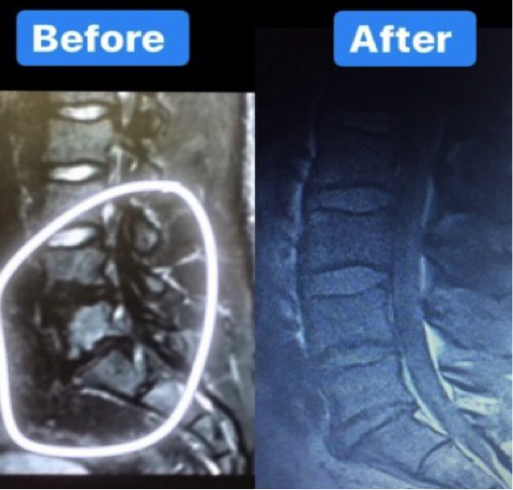


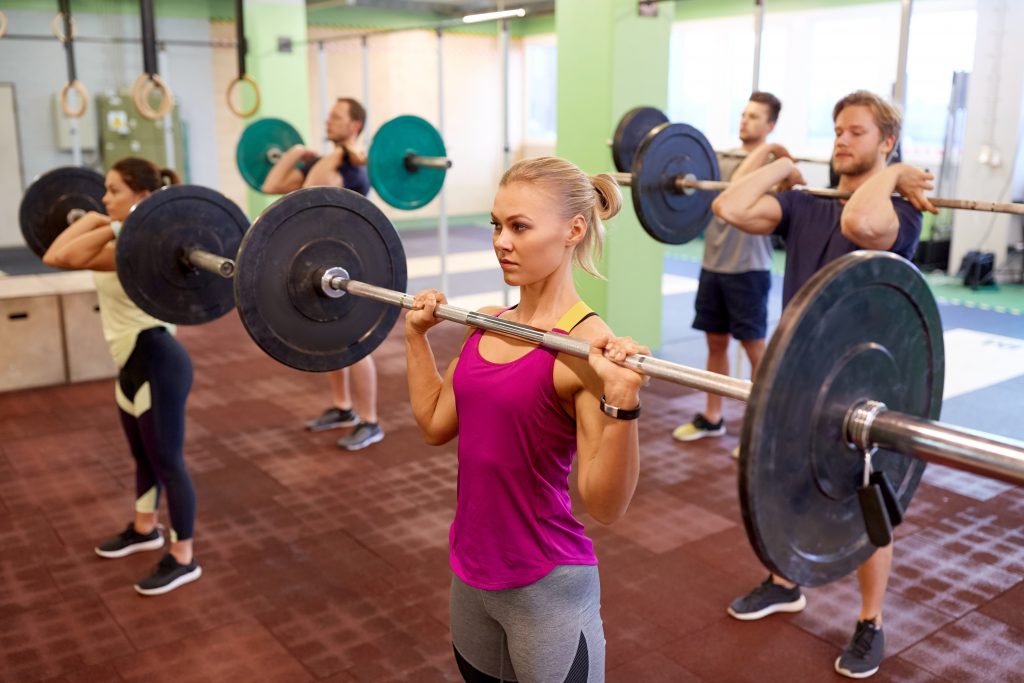

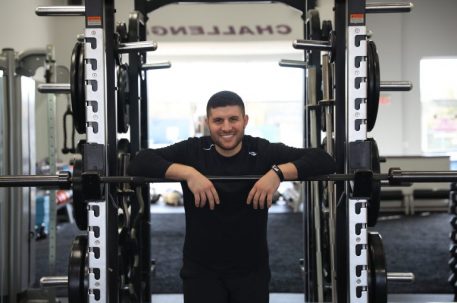 Matthew Ibrahim is the Co-Owner & Lead Performance Coach of TD Athletes Edge in Salem, MA.
Matthew Ibrahim is the Co-Owner & Lead Performance Coach of TD Athletes Edge in Salem, MA.


